Rotala nanjenshan
Scientific name: Rotala nanjenshan
Family: Lythraceae
Maximum size reached under cultivation: 15 - 25 cm (5.91 - 9.84 inch)
014
Recommended pH range: 5.8 - 6.9
Recommended water hardness: 3 - 11°dGH (53.57 - 196.43ppm)
0°C 32°F30°C 86°F
Recommended temperature range: 23 - 27 °C (73.4 - 80.6°F)
Preferred propagation method: Cuttings
Native to: South Asia
Growth rate: Normal
Recommended substrate: Fine gravel
Lighting requirements: Bright
Ideal placement in tank: Midground
Origin
This species originates from Taiwan, particularly the Nanjenshan area, which is also the source of its name. It was previously misidentified and sold as Mayaca sellowiana, but the correct classification is now widely accepted.
Propagation
Rotala nanjenshan is propagated through stem cuttings. Trim lateral shoots or the top portion of a healthy stem, remove the bottom leaves to expose around 2–3 cm of bare stem, and gently replant it into the substrate. Avoid damaging the stem during planting to ensure healthy root development.
Difficulty
Medium to High — This plant requires consistent care and attention, especially when grown submerged.
Short Description
Rotala nanjenshan is a delicate, fine-leaved aquatic plant that forms dense, bushy growth when kept under optimal conditions. It has bright green, needle-like leaves and thrives when grown submerged. High-intensity lighting is essential to maintain its compact form, and CO2 injection significantly boosts its health and growth rate. This plant is best used in the midground of aquascapes, where its soft texture and vivid color contrast beautifully with broader-leaved species. Regular trimming promotes fuller growth and helps maintain its shape. Due to its fragility, avoid housing it with overly active or rough fish.
FAQs
-
Why is my Rotala nanjenshan growing tall and leggy?
This usually happens due to insufficient lighting. Rotala nanjenshan requires bright light to stay compact and bushy. If the lower leaves are falling off or stems stretch toward the surface, increase the intensity or duration of light.
-
Do I need CO2 injection for Rotala nanjenshan?
Yes, while not absolutely required, CO2 injection is highly recommended for this plant. It improves growth rate, coloration, and overall health, especially in a densely planted tank with strong lighting.
-
Can Rotala nanjenshan be grown emersed?
Yes, it can adapt to emersed growth in high-humidity environments such as paludariums or during dry starts, but it is most often grown submerged in aquascaping.
-
What causes the stems of Rotala nanjenshan to break or float?
Its stems are very delicate. Strong water flow or rough handling during maintenance can cause them to snap. Always handle gently and avoid housing with fish that dig or tug on plants.
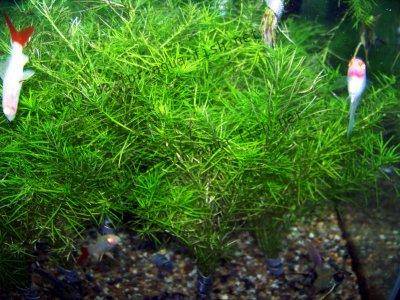

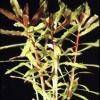 Ammania gracilis
Ammania gracilis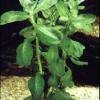 Ammania senegalensis
Ammania senegalensis Didiplis diandra
Didiplis diandra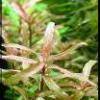 Nesaea crassicaulis
Nesaea crassicaulis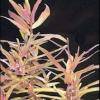 Rotala indica
Rotala indica Rotala macrandra
Rotala macrandra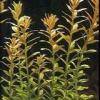 Rotala rotundifolia
Rotala rotundifolia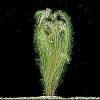 Rotala wallichii
Rotala wallichii